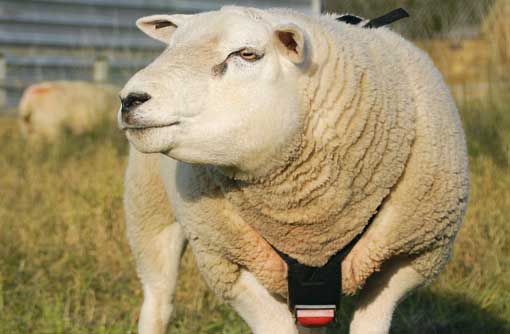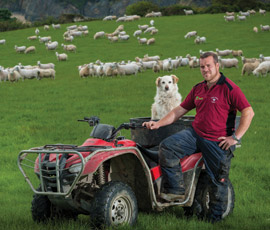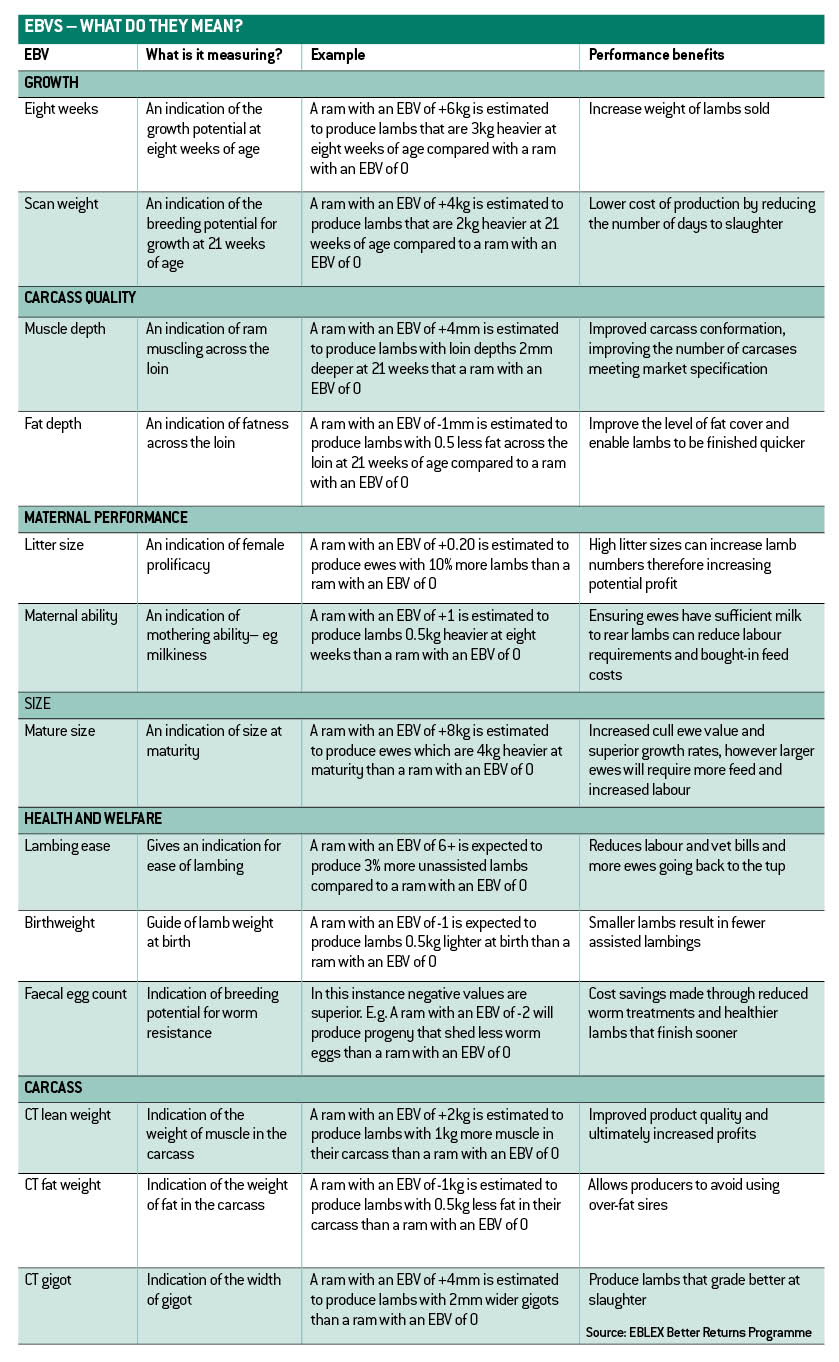Step-by-step guide to understanding and using EBVs

As input costs continue to rise, efficiency is becoming a key driver in the sheep industry and as a result more emphasis is now being placed on estimated breeding values (EBVas).
EBVs are measurements of genetic potential, which can be used to assess a ram’s breeding merit for a specific trait. By using EBVs to select rams, producers have a real opportunity to introduce the genetic make-up best suited to their system.
See also: Why cross-bred tups are on the rise
Delving a little deeper into an animal’s background prior to purchase can pay dividends, say experts Liz Genever, EBLEX beef and sheep scientist, and Shane Conway, Signet breeding specialist.
In fact, research carried out by Quality Meat Scotland found progeny from performance-recorded rams reaped returns up to £3 higher a ewe compared to lambs from unrecorded rams.
And overall, progeny produced by performance-recorded tups outperformed those sired by rams selected purely by eye – leading to greater financial returns.
Step by step guide to understanding and using EBV’s
Step One
First, assess your flock’s breeding objectives and identify areas whereby performance can be improved.
“Work out how profitability could be improved by selling lambs a week earlier, half a kilo heavier or a fat class leaner,” says Mr Conway. This will help guide you in your trait selection.
Step Two
Your breeding objective will determine which breeding indexes are most relevant to your breeding programme. Some of the most routinely used indexes are:
Terminal sire index
The terminal sire index is the breeding tool used to select superior terminal sires and is designed to increase the yield of lean meat while limiting any associated rise in fatness.
This might be a preference for producers finishing lambs for slaughter, as it will produce lambs with high growth rates that finish quicker.
Maternal traits
The Maternal index places greater emphasis on prolificacy and would suit closed flocks aiming to breed replacements or sell breeding ewes. The maternal index also enhances pre-weaning growth rates and lamb survival.
Welsh index/Carcase+ index
This index may suit someone who is breeding lambs for slaughter as well as their replacement ewes. It helps identify sheep with superior breeding potential for maternal ability, as well as lamb growth and carcass quality.
Hill-2 index
This Index enhances the ewe’s overall productivity. The index will increase lamb growth rates, maternal ability and the number of lambs reared to weaning in hill farming situations.
Step three
Once you’ve decided which breeding index will best enhance the genetic merit of your flock, start looking at individual traits.
Key considerations
Before going to a sale, get a catalogue and go through the figures and pick out 10 rams you like. You can then pick your favourite from this list on the day.
Rams are analysed within the breed as each breed has different characteristics, so the best way to identify an animal’s strengths and weaknesses is to compare them to the breed benchmark. This will give you a good idea of how the ram compares within the breed.
Remember, a ram’s EBVs must be halved to estimate how much of his genetic superiority will be passed on to his progeny – the other half comes from the ewe to which it is mated.
Pay attention to health traits. For example, faecal egg count EBV gives a measure of how resistant lambs are to worm challenges.
Step Four
Visual appraisal and structural soundness are still fundamental, so view the rams before you narrow down your selection.
“A ram might have the best figures in the world, but if he is not structurally sound he is not going to be able to pass his genetics on,” says Dr Genever.
Also, check rams are sound on all four feet with good leg and foot conformation and that testes have no lumps or are unevenness in size.
Ram EBv case study
Pembrokeshire sheep farmer Neil Perkins is focused on maximising the kilos of lamb produced for every acre to increase efficiency. He believes using high performance tups is an integral part of this, along with good grassland management.
“You can’t see the genetic potential just from looking at rams. EBVs allow me to match the right rams to the right ewes to optimize performance,” he explains.
At Dinas Farm ewes are tupped to rams at a 100:1 ratio, which Mr Perkins says justifies the expense of using rams of high genetic merit.
About 1,000 Lleyn ewes are served to purebred Lleyn rams each year to produce replacements and this is the area where Mr Perkins says EBVs really come into play.
High performing rams are selected based on high index scores for mothering ability and lamb birth weight.

“Even though we lamb indoors, with 120 ewes lambing a day at peak, we haven’t got the time to be messing around with ewes that won’t take their lambs,” he explains.
The remaining 600 Lleyn ewes are put to Primera rams, a New Zealand composite terminal sire, to produce high performance finished lambs.
“We look for growth rates, muscle and fat depth. We use a slightly smaller ewe to stock a few more for every acre, because feed requirements are lower for smaller ewes, so we need to make sure the lambs grow to a good finish weight and grow fast to produce a lot of kilos an acre.”
When lambs don’t finish fast enough Mr Perkins says it could jeopardise the following year’s crop of lambs, because they will require grass that should be set aside for flushing the breeding ewes.
“It’s a gradual gain not a short-term fix, but it is a good reassurance tool to make sure you are heading in the right direction,” he adds.
See the full table on what EBVs mean below or download it as a PDF.
